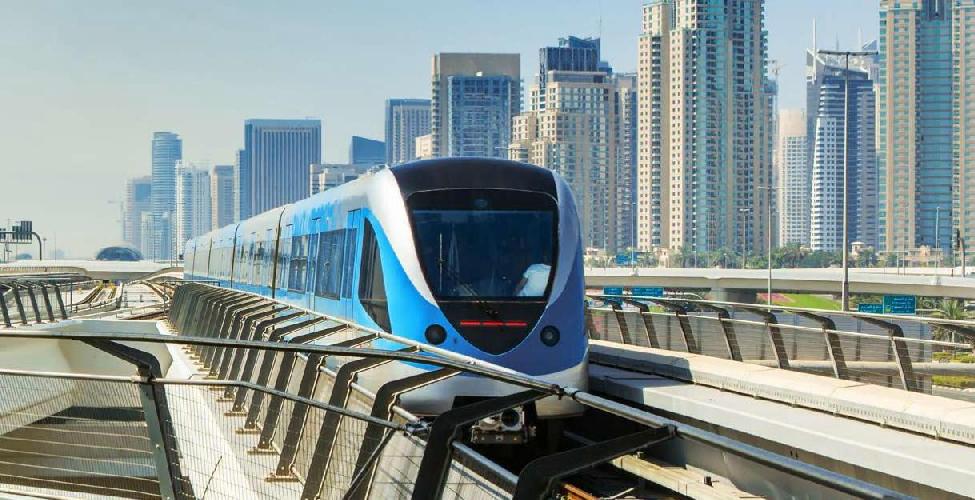“Recycling our Infrastructure for Future Generations” takes a closer look at an emerging approach to financing new infrastructure, which is known as “Asset Recycling”.
Insight presented in this report demonstrates that Asset Recycling in infrastructure has the potential to significantly increase levels of investment and help close the financing gap. This is the result of creating alignment with long-term institutional investors that have a preference for built assets, notably pension funds.
Asset Recycling is a fairly simple concept and consists of two critical steps. First, governments unlock the capital from existing infrastructure by leasing assets to institutional investors interested by stable long-term returns. Second, governments re-invest the capital proceeds into new infrastructure to meet the populations’ needs. These new assets can also be recycled again in future, helping to accelerate the pipeline of infrastructure projects.
This process recycles previous taxpayers’ funds that have been locked up in older assets to pay for new or renewed assets to meet the demand of future generations. This approach avoids the need for governments to continually raise taxes or increase borrowing and debt levels. The research collected in this report demonstrates that specific steps should be followed by governments to ensure a successful implementation.
A framework is provided which includes guiding principles and tools that have proven effective in examples from various countries. They are valid in both developed and developing economies, and will need implementation over an appropriate timescale, directed by the right leadership and supported by continuous and effective communication with all stakeholders.
Source: WEF

